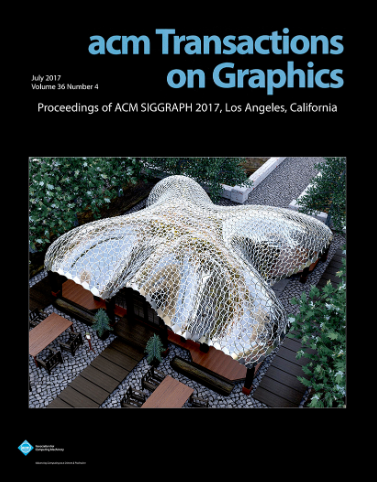Dense Server Design for Immersion Cooling
IF 9.5
1区 计算机科学
Q1 COMPUTER SCIENCE, SOFTWARE ENGINEERING
引用次数: 0
Abstract
The growing demands for computational power in cloud computing have led to a significant increase in the deployment of high-performance servers. The growing power consumption of servers and the heat they produce is on track to outpace the capacity of conventional air cooling systems, necessitating more efficient cooling solutions such as liquid immersion cooling. The superior heat exchange capabilities of immersion cooling both eliminates the need for bulky heat sinks, fans, and air flow channels while also unlocking the potential go beyond conventional 2D blade servers to three-dimensional designs. In this work, we present a computational framework to explore designs of servers in three-dimensional space, specifically targeting the maximization of server density within immersion cooling tanks. Our tool is designed to handle a variety of physical and electrical server design constraints. We demonstrate our optimized designs can reduce server volume by 25--52% compared to traditional flat server designs. This increased density reduces land usage as well as the amount of liquid used for immersion, with significant reduction in the carbon emissions embodied in datacenter buildings. We further create physical prototypes to simulate dense server designs and perform real-world experiments in an immersion cooling tank demonstrating they operate at safe temperatures. This approach marks a critical step forward in sustainable and efficient datacenter management.浸入式冷却的密集服务器设计
云计算对计算能力的需求不断增长,导致高性能服务器的部署大幅增加。服务器日益增长的功耗及其产生的热量将超过传统空气冷却系统的能力,因此需要更高效的冷却解决方案,如液态浸入式冷却。浸入式冷却具有卓越的热交换能力,既不需要笨重的散热器、风扇和气流通道,又能释放出超越传统二维刀片服务器的潜力,实现三维设计。在这项工作中,我们提出了一个计算框架,用于探索三维空间中的服务器设计,特别是针对浸入式冷却槽中服务器密度的最大化。我们的工具旨在处理各种物理和电气服务器设计约束。与传统的平面服务器设计相比,我们的优化设计可将服务器体积减少 25-52%。密度的增加减少了土地使用量以及用于浸入的液体量,从而显著降低了数据中心建筑的碳排放量。我们进一步创建了物理原型来模拟高密度服务器设计,并在浸入式冷却槽中进行了实际实验,证明它们能在安全温度下运行。这种方法标志着在可持续和高效数据中心管理方面迈出了关键一步。
本文章由计算机程序翻译,如有差异,请以英文原文为准。
求助全文
约1分钟内获得全文
求助全文
来源期刊

ACM Transactions on Graphics
工程技术-计算机:软件工程
CiteScore
14.30
自引率
25.80%
发文量
193
审稿时长
12 months
期刊介绍:
ACM Transactions on Graphics (TOG) is a peer-reviewed scientific journal that aims to disseminate the latest findings of note in the field of computer graphics. It has been published since 1982 by the Association for Computing Machinery. Starting in 2003, all papers accepted for presentation at the annual SIGGRAPH conference are printed in a special summer issue of the journal.
 求助内容:
求助内容: 应助结果提醒方式:
应助结果提醒方式:


